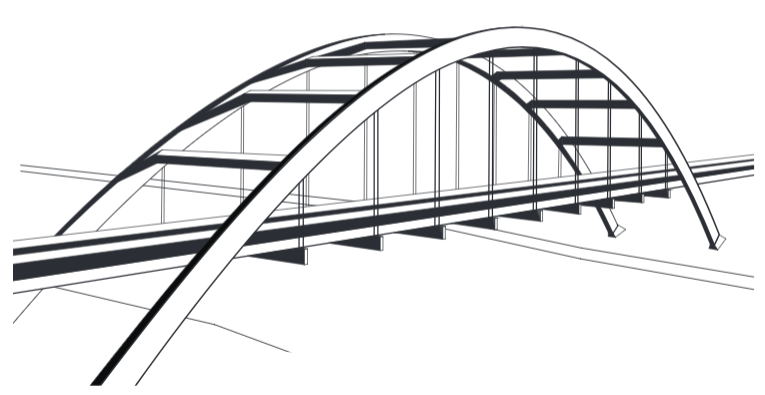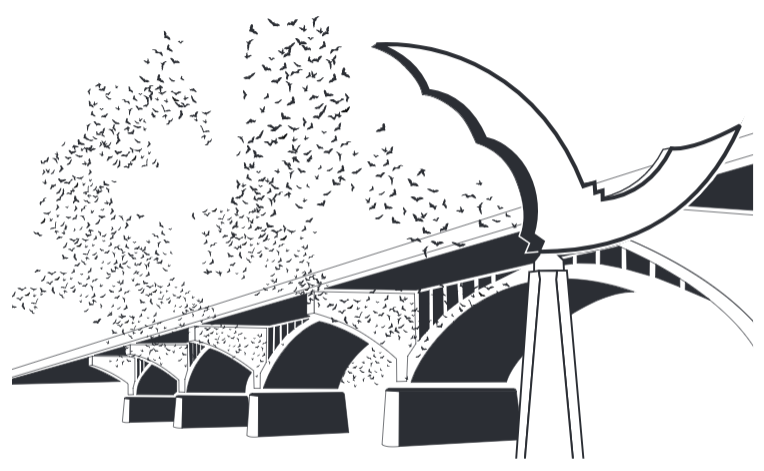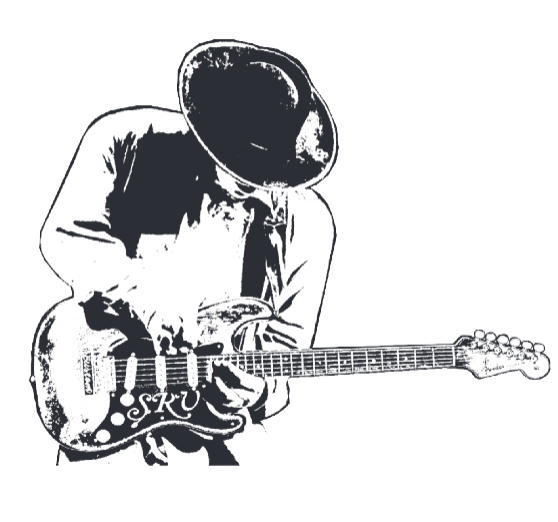
Hi, How Are You?
Austin is well known for its many vibrant murals & graffiti artwork. Visitors are likely to recognize “Jeremiah the Innocent” at the corner of Guadalupe and 21st Street. Painted in 1993 by Austin musician and artist Daniel Johnston, the friendly frog mural has a deeper purpose. Johnston, whose music has influenced and inspired musicians from Kurt Cobain to The Flaming Lips, used his art to chronicle his decades long struggle with mental health. In 2018, in recognition of Johnston’s contributions and the need for a greater awareness surrounding mental health issues, the City of Austin, officially declared January 22nd to be “Hi, How are You?” day.
So, How are you... really?
For the founders of the Austin based “Hi, How Are You?” Foundation, it is a question that none of us should take for granted. With one in four adults struggling with mental health, Johnston’s mural is a reminder of how simple it can be to connect with others and the importance of having real conversations about mental health. The foundation strives to erase the stigma of mental health challenges. To learn more about this worthy cause, please visit:
Pennybacker Bridge
Immortalized in countless photographs and artwork, the Pennybacker Bridge, is a treasured Austin landmark. The bridge is named after Percy V. Pennybacker, a civil engineer and a University of Texas at Austin graduate. Pennybacker is recognized for revolutionizing the process of bridge building by promoting the use of welding instead of rivets. Also known to Austinites as the “360 Bridge”, this bridge is an innovative example of an untied-through-arch bridge.
At the time of its construction in 1982, it was only the second bridge of its kind in the world. With its use of weathering steel and a 600 foot span with no supports touching the water, the bridge was designed to blend with the natural scenery of the Colorado River.


Congress Ave. Bat Colony
When you think about bats, dark caves and a particular comic book superhero might be the first things that come to mind. For the world's largest urban bat colony however, one particular bridge in Austin, Texas is their favorite vacation home. Every summer, an estimated 1.5 million Mexican free-tailed bats (Tadarida brasiliensis) migrate from Mexico to Texas to roost beneath the Ann W. Richards Congress Avenue Bridge. These fascinating flying mammals have become a celebrated part of local culture. In 1998, a kinetic sculpture by local Austin artist Dale Whistler was commissioned to honor these famous part-time Austinites. The sculpture, called “Nightwing”, is located near the southwest corner of the bridge.
For more information about bats and their critical role in our environment please visit our friends @ Bat Conservation International (also headquartered in Austin)
Stevie Ray Vaughan
Austin is the self-proclaimed “Live Music Capital Of The World” and has a vibrant history of famous and influential musicians. Stevie Ray Vaughan, although not born in Austin, is one such musician who is forever intertwined with Austin music history. Vaughan, who died in 1990, is widely considered to be one of, if not the greatest guitar players of all time. Vaughan, after dropping out of high school, moved to Austin in 1972 to pursue his love of music. Without question, the Austin music scene both shaped Vaughan and was itself transformed by Vaughan. Amongst a diverse crowd of musical icons and now historic venues such as Antone's, The Continental Club, and Stubb's, Austin was the ideal environment for Vaughan to perfect and elevate the Texas Electric Blues music style. Vaughan was memorialized in 1994 with a bronze statue on the southern bank of “Lady Bird Lake” in downtown Austin.






